Cumin (azhgon)
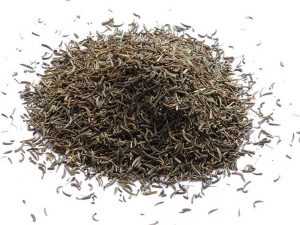
Cumin (Cuminum nigrum) is a rather interesting plant, a spice is obtained from it, which is otherwise called black cumin, since zira is a related plant. Other names are azhgon or kammun. Cumin is called Kaiserlicher Kreuzkümmel or Himalaya-Kreuzkümmel in German, black cumin in English, and cumin noir in French. The plant belongs to the Umbelliferae family.
Incredible confusion in comparing cumin and zira has led to the fact that even spice companies use these names as synonyms. Our article is based on the book "The Big Cookbook of Spice" published by "EKSMO" (translated from German by M. Tekegalieva), which we consider the most authoritative of all existing sources. Read more about this in our article: What is the difference between zira, cumin and cumin.
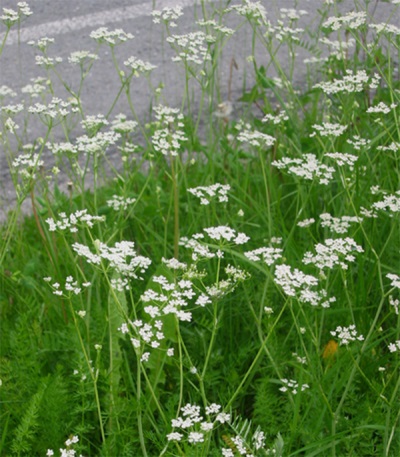
Appearance
The plant is annual, biennial or perennial. He looks like caraway, so they are often confused, although in reality they are completely different. Cumin is a herbaceous plant, the height of which rarely exceeds 0.5 m. It has alternate leaves. Those that are located below are dissected twice or thrice into thin feathers.
Cumin flowers can be red or white, protected by double wrapped umbels. Seeds on average reach 5 mm in length and 1.5 mm in thickness.They are painted dark brown, have a narrow, crescent-curved shape and longitudinal ribs.
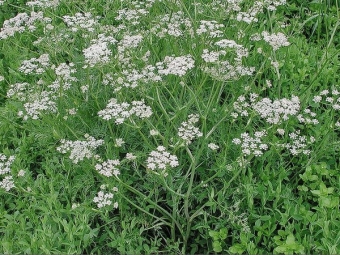
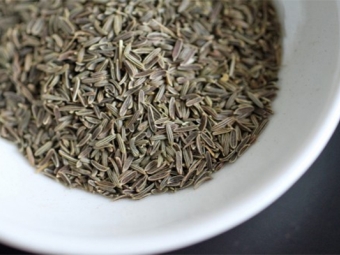
Where does it grow
Cumin grows wild in the mountains of Central Asia and is found there as far as the Eastern Himalayas. Asia is called the historical homeland of the plant. In India, it is grown right next to the houses. And this is not surprising, since almost no dish can do without cumin.
The plant is cultivated in South America, including Latin America, as well as in Africa, the countries of the Mediterranean Sea. One of the islands of the Maltese archipelago is even named after cumin.
spice making method
The seeds of the plant, which are extracted from the fruits, are used as food. To use as a spice, you should fry them, then the aroma of the spice will fully open. Also, sometimes the seeds are ground. This is again used to enhance the aroma of the spice, but then it will be slightly bitter.
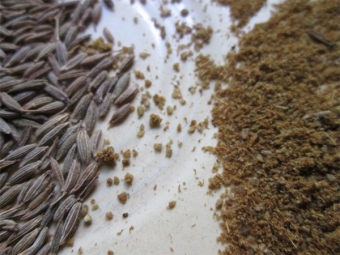
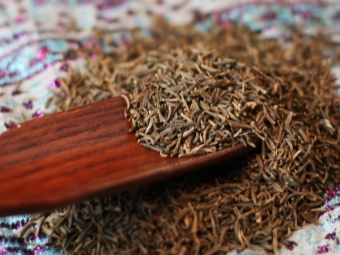
How and where to choose a spice
If you buy cumin in opaque packaging, it will be difficult to understand what the spice really is. Usually in the markets or in specialized spice stores they sell cumin by weight.
To choose the right spice, you need to crush a few seeds between your fingers. If they are not stale on the counter, they will give flavor immediately. Good cumin seeds are selected, without impurities. They must not be broken. Dry cumin has a rather weak but pleasant aroma, but stale spice will smell musty.
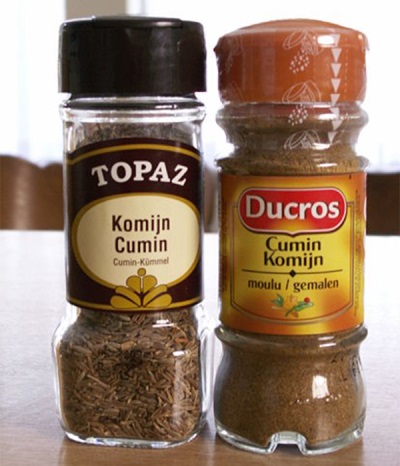
When purchasing ground cumin, make sure that the packaging is airtight. It is recommended to use the spice as soon as possible, because with a long shelf life, cumin has a bitter taste.
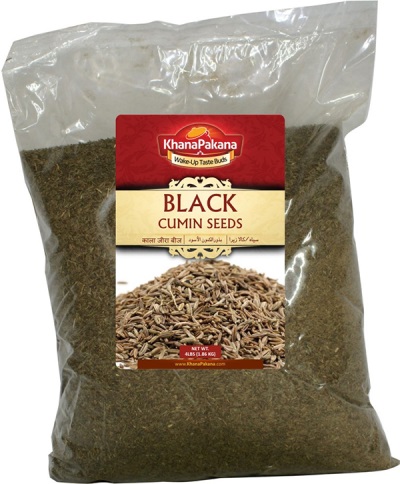
Peculiarities
Cumin is often confused not only with cumin, but also with cumin.Indeed, their seeds are similar to each other, but in zira they are lighter and larger. Cumin seeds have a more bitter taste and pungent smell, so they need to be roasted for less time than cumin seeds.
Fresh cumin seeds that have not been roasted have a slight earthy aroma that disappears after heat treatment. Often, cumin is not fried, but simply added to dishes after roasting certain ingredients.
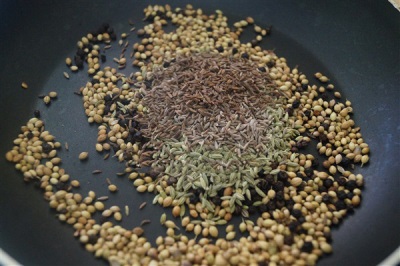
Characteristics
Cumin has the following characteristics:
- used in cooking as a spice;
- prevails in oriental dishes;
- In India, it is considered almost the most common spice.
You can learn more about the spice from the video.
Nutritional value and calories
100 grams of cumin seeds contain 375 kcal.
The nutritional value of the spice is as follows:
- proteins - 17.81 g;
- fats - 22.27 g (including saturated fats - 1.535 g);
- carbohydrates - 44.24 g;
- water - 8.06 g.
Chemical composition
Cumin has a rich chemical composition. It contains many useful vitamins: A (retinol) - 64 mcg, B2 (riboflavin) - 0.327 mg, B3 (niacin) - 4.579 mg, B6 (pyridoxine) - 0.435 mg, B9 (folacin) - 10 mcg, C (ascorbic acid) - 7.7 mg , E (tocopherol) - 3.33 mg, K - 5.4 μg.
Mineral content:
- calcium - 931 mg;
- magnesium - 366 mg;
- sodium - 168 mg;
- potassium - 1788 mg;
- phosphorus - 499 mg;
- iron - 66.36 mg;
- zinc - 4.8 mg.
Cumin seeds contain essential oils, cumaldehyde, thymol, α-pinine and β-pinine, β-phellandrene, etc.
Beneficial features
Cumin has the following beneficial properties:
- helps in strengthening memory;
- used as a powerful aphrodisiac;
- leads to improved vision;
- improves appetite;
- helps the stomach to digest foods that are heavy for it;
- removes toxins from the body.
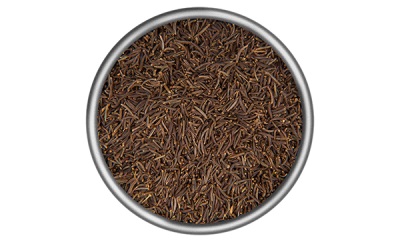
Harm
The harmful effects of cumin can have the following manifestations:
- irritation of the gastric mucosa in the presence of contraindications;
- allergic reactions;
- heartburn.
As a rule, all the harm of cumin is manifested in those cases when it is used in the presence of contraindications.
Contraindications
Cumin is not used in the following cases:
- with individual intolerance to spices;
- in the presence of erosive gastritis;
- with exacerbations of stomach ulcers;
- with other diseases of the gastrointestinal tract.
Oil
Essential oil is extracted from cumin by drying and grinding the seeds. The oil itself is obtained using the steam distillation method. It has a strong spicy smell and a tart taste. It is used orally to strengthen the immune system and for prevention. It helps to remove excess water from the body, thereby eliminating swelling. In addition, cumin essential oil also has cosmetic applications. It is used to strengthen hair and nails, eliminate dry skin, and smooth it.
Mixed with ordinary vegetable oil, cumin essential oil is also added to a variety of dishes. It is also actively used in perfume compositions with woody scents and in massage.
Unrefined cumin oil is obtained by cold pressing the seeds without undergoing refining. It has a golden hue and a strong smell. It is actively used not only in cooking, but also in cosmetology. It is believed that unrefined oil improves skin elasticity, tones it, improves blood circulation, and also has an anti-cellulite effect. The oil is also actively used to improve hair growth.
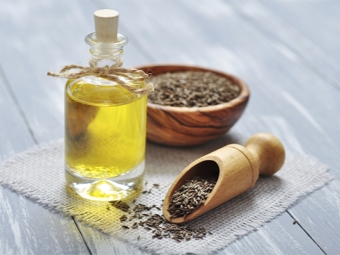
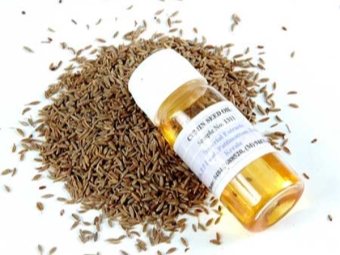
Application
In cooking
Oriental cuisine is unimaginable without cumin. This spice is used everywhere:
- not a single properly cooked pilaf can do without cumin seeds;
- spice is added to vegetable and meat dishes;
- cumin is actively used in spicy spice mixtures;
- spice is used in the preparation of drinks;
- even sweet dishes and desserts, as well as fruit salads and jams, cannot do without cumin;
- Cumin is added to sauces and marinades.
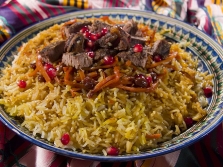

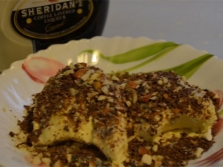
The famous Indian masala milk tea also includes cumin. In ground form, it is present even in pastries and confectionery. In mixtures of seasonings and separately, cumin is added to soups and other hot dishes.
It gives an interesting flavor to sweets and jams in combination with fennel, cinnamon. Cumin is also added to cheeses, dairy products.
Salads made from fresh vegetables with the addition of cumin acquire a completely different flavor. In India, cumin leaves themselves are also added to vegetable dishes. In the production of sausages, spices were also not dispensed with. It goes well with minced meat dishes. Many traditional oriental dishes include this extraordinary spice. It is added to teas and some alcoholic drinks.
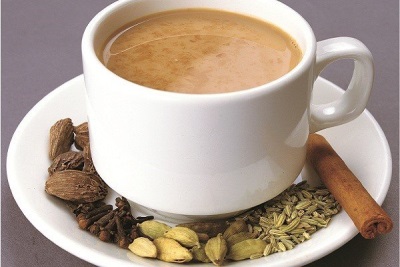
Do not add large amounts of cumin to food, as it has a spicy, pungent flavor, which can make the dish bitter.
Recipes
There is a wonderful recipe for baked pumpkin with spices:
- you need 0.8 kg of pumpkin, half a teaspoon of ground cumin and cayenne pepper, ground pepper and salt at your discretion, three tablespoons of olive oil and a teaspoon of cumin seeds;
- the pumpkin is cut into pieces of small thickness and rolled in spices with salt and pepper;
- the pieces are laid out on a large frying pan or in a deep form and poured with oil;
- the dish is simmered in the oven for half an hour.
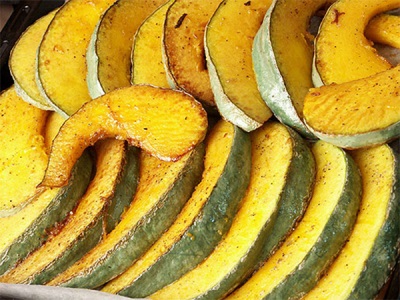
There is also an excellent recipe for cooking chicken marinated in spices:
- three or four cloves of garlic are required, a couple of tablespoons of lemon juice and the same amount of olive oil, a tablespoon of fresh rosemary, a quarter teaspoon of ground cumin, black pepper and salt at your discretion, as well as the main ingredient - four chicken breasts;
- lemon juice, finely chopped garlic, oil, crushed rosemary and spices are mixed together in one plate;
- the breasts are laid out in a baking dish and poured over the resulting marinade;
- the breasts are thoroughly mixed and removed for at least several hours in the cold;
- chicken is laid out on a heated grill;
- on one side it is fried until golden brown, and then turned over and fried on the other side until cooked.
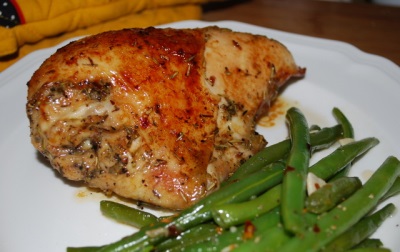
In medicine
Cumin is used not only for culinary purposes, but also for medicinal purposes:
- for body tone;
- to eliminate digestive problems;
- in violation of the functioning of the kidneys;
- to increase lactation;
- to remove toxins and waste from the body;
- to improve memory;
- with insomnia;
- as an antiseptic;
- to suppress nausea;
- to cleanse the respiratory tract;
- as a remedy for colds and coughs;
- with skin rashes.
Cumin relieves bloating and helps with diarrhea and colitis. It will help calm the nervous system during stressful situations.
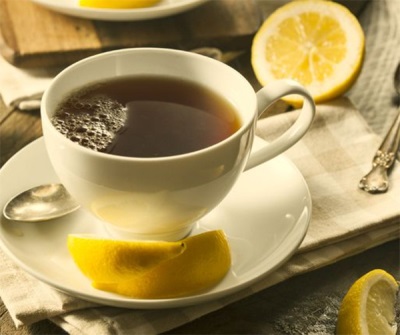
When losing weight
Cumin is popular as a weight loss spice. And all due to the fact that due to cumin, a feeling of fullness appears faster, bowel function and blood circulation improve. At the same time, the spice has a diuretic effect and helps to get rid of excess fluid. You can add cumin not only to food, but also to tea.
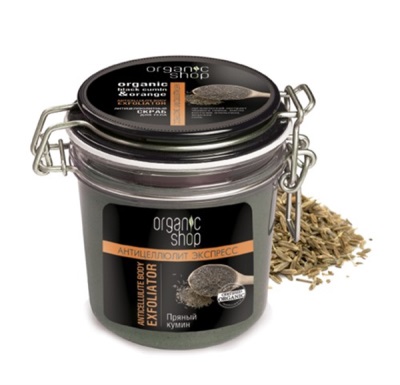
At home
Cumin is actively used in various household areas:
- to strengthen the immune system;
- as a remedy for various diseases;
- like a spice
- in aromatherapy;
- cosmetics;
- in perfumery.
In aromatherapy, cosmetics and perfume compositions, cumin essential oil is used, which has a bright tart aroma.

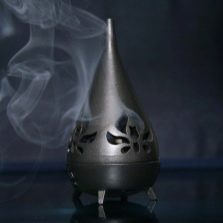
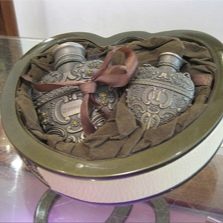
cultivation
Growing cumin in the garden is not that difficult. Since it grows mainly in the southern regions, it prefers a warmer climate and abundant sun.
After mid-April, you can partially plant the seeds under the film, and plant them in the ground in May. Seeds are sown to a depth of about 2 cm, between rows it is better to keep a distance of up to half a meter.
When sowing seeds under a film, the first shoots can be seen literally in 10 days. In the open ground, they are shown in two weeks. The development of plants is friendly, they get sick a little.
When planting, you need to calculate that there is a distance of at least 10 cm between them. Seed ripening begins in late summer - early autumn. It is better to remove them as soon as possible, otherwise they will fall to the ground, and then it will be difficult to find them. Dry them in the shade or in a room with good ventilation. During storage, the seeds are removed in cloth bags.
Interesting Facts
- One of the varieties of cumin is Persian bunium. It grows only on the territory of Tajikistan. It has a burning, spicy taste of smoked meat, and on the territory of the Russian Federation it was banned as a drug.
- Cumin in seed form has even been found in ancient tombs. Many ancient Greek scientists mentioned the spice in their treatises, referring to its medicinal properties.
- More than 30 tons of seeds are harvested per year in countries where cumin is grown on an industrial scale.
- A long time ago, European countries did not like cumin.He was associated with greed and wickedness. And only by the Middle Ages, the attitude towards spices changed dramatically.
- Initially, when cumin was only brought to Europe, it was called cumin by mistake. Since then, these spices are still confused with each other, although they are completely different in taste, but only look alike.
- According to botanical characteristics, cumin is a relative of parsley, although in fact it is rather closer to cumin.
- When used in a bouquet of spices along with coriander, cumin acquires a milder taste, as coriander extinguishes its bitterness.


















I love cumin as a spice. I have never used it in baking, but for the chicken, yes - fly away!
Cumin can and should be added to any meat. Very tasty.